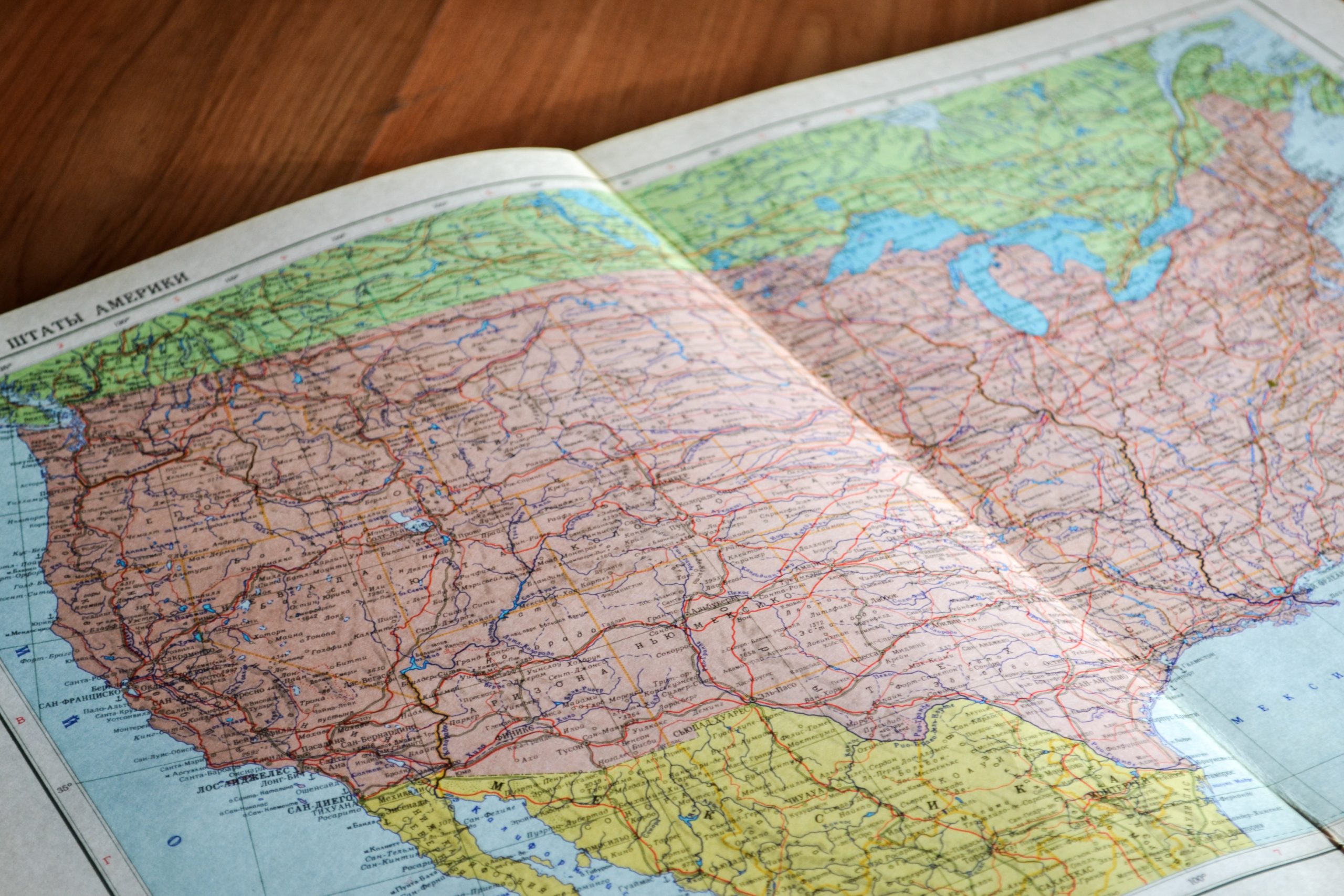The difference between people and plants, I once read, is that people have the freedom to change their location. That’s the real beauty of RVing: you’re not tied to one place. That’s also the challenge of RVing: the number of destinations is endless. So how did we decide where we wanted to go for our first year of full-time RVing? Well, we had certain priorities.
First, both of us are outdoorsy people. We love being out in nature and we don’t care much for sitting in traffic. As a working journalist, Mr. 123 has visited most of the larger cities in the U.S. at one point or another. We were going to focus on destinations outside the metropolises.
We also really love national parks. Many of our best domestic vacations have been visiting national parks and we plan to see them all. (29 out of 62 so far!) So I started by looking at the national parks we’ve never visited or undervisited. For all our travels, we’ve only spent a couple of days in Grand Teton and Yellowstone. We’ve never been to Badlands, Acadia or the Everglades. That was going to have to change.

Since we were starting in Denver, I began to map out a route toward Grand Teton and Yellowstone, picking up Dinosaur National Monument and Flaming Gorge along the way. From there it was natural to head further north to Theodore Roosevelt Park before it got too hot, and from there to Custer State Park and the Badlands.
I’ve long dreamed of hiking across Isle Royale, and of course, Voyageurs and Boundary Waters were on the way. We’d add a trip to see the headwaters of the Mississippi in Itasca State Park.
As the route wandered towards each national park we wanted to see, I searched the states along the way for attractions. Simply googling “Best things to do” in each state gave us a list to ponder, and we picked those we just couldn’t pass up. We added longer stops where we were passing by family.

We knew we wanted to be in Acadia in the fall to see the peak fall colors, so we staggered our stops to hit Maine in October. We’d then have to beeline south to make it to warmer climates before winter arrived. We’d join the snowbirds in Florida in January, with the Keys being high on our list. Then we’d slowly move west, staying far south enough to minimize the risk of overnight freezes. We’d reach California by May and head north to Oregon, and finish off the year with a week in Bend, Oregon.
We both read a lot of travel blogs and subscribe to various travel newsletters. As we read about can’t miss destinations, we’d work them into the schedule. We tried to break up long drives with multiple stops, and alternated periods of quick travel with longer stays to catch our breath. We tried to limit towing days to just two or three hours, and definitely never more than five.
We didn’t get all of our must-see destinations into the trip. Some of the higher elevation parks in California, for example, we’d save for a summer in the future. And we wouldn’t get to Washington state, Idaho or any of the central states at all. We’ll hit those in later years too.
That’s another advantage of RVing: you can always go back and see what you missed the first time around!
